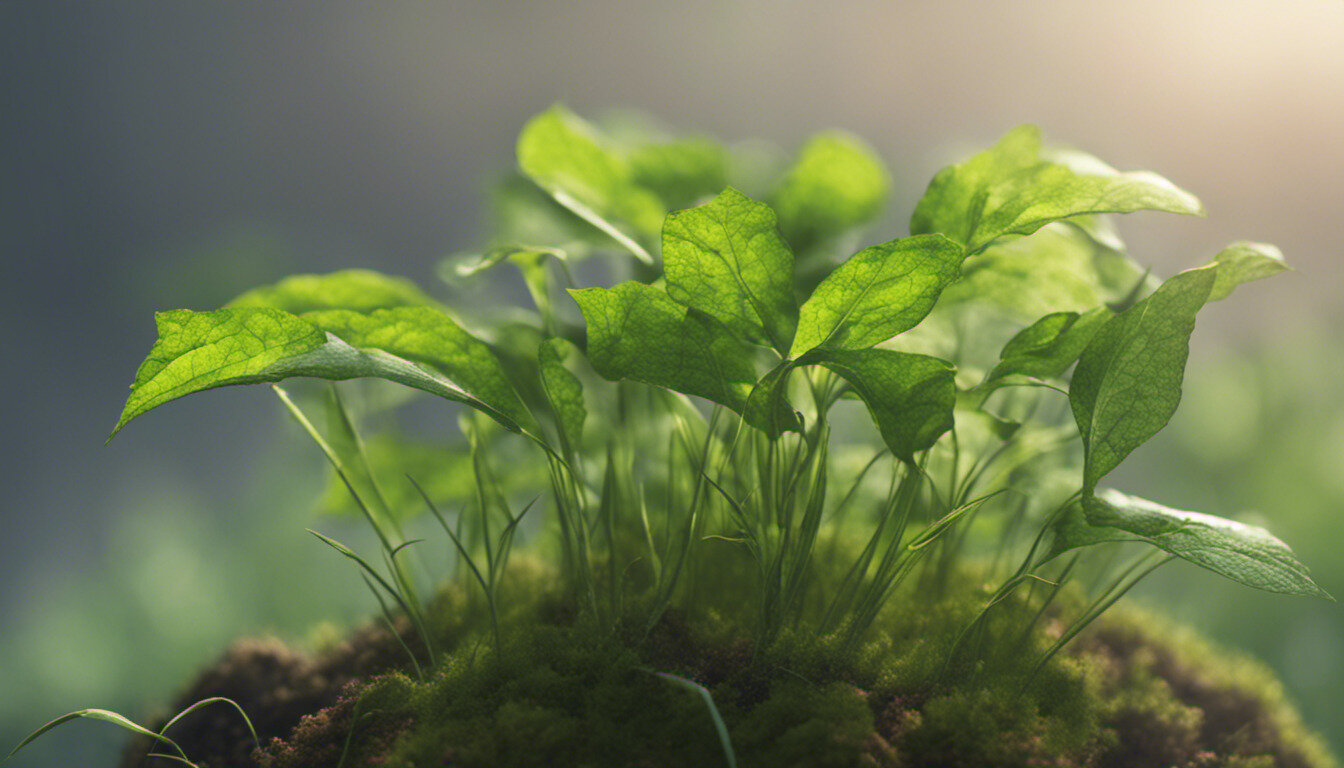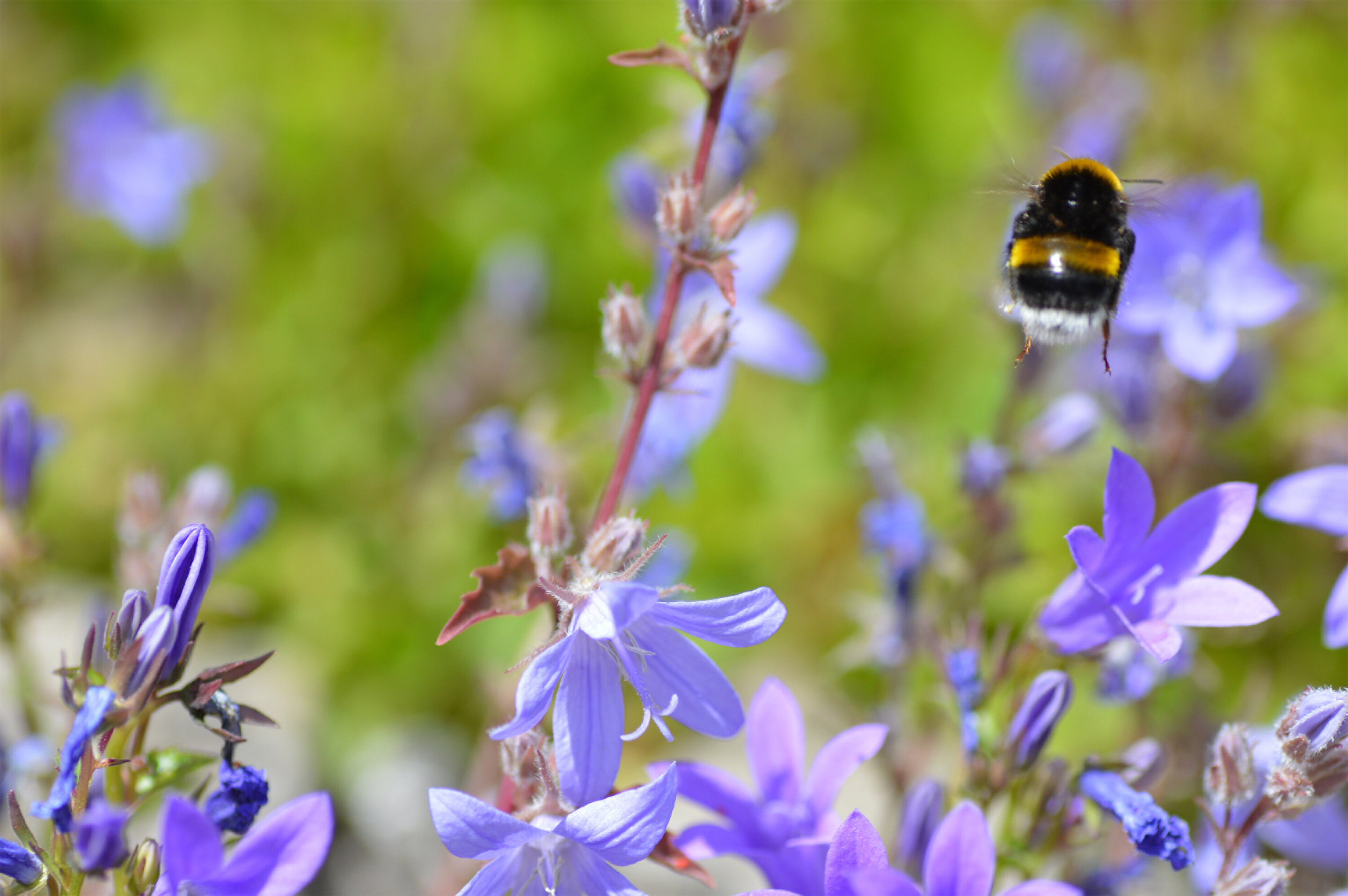#Changes in Antarctic marine ecosystems

“#Changes in Antarctic marine ecosystems”

Understanding the evolution of the polar sea ice is not enough to study the effects of the climate change on marine ecosystems in Antarctic seafloors. It is also necessary to determine the intensity of phytoplankton local production during the Antarctic summer, as stated in a new study by a research team of the Faculty of Biology and the Biodiversity Research Institute (IRBio) of the University of Barcelona, published in the journal Marine Environmental Research.
When the sea freezes in Antarctica
Extremely low temperatures, strong ocean currents and the broad seasonal coverage of marine ice are factors that determine the features of the Antarctic marine ecosystems. IN particular, the seasonality regarding the ice formation in the marine surface is a process that directly affects the dynamics of the marine ecosystems and the flow of matter and energy in complex Antarctic trophic networks. During the Antarctic winter, the ice and snow that accumulate limit the availability of light, and as a result, this reduces the activity of photosynthetic organisms and the production of krill (basic food resource within the food network in Antarctic marine ecosystems).
The main sources of organic carbon in Antarctic ecosystems located at the shallows are phytoplankton, algae that grow under the ice and algae that are stuck in rocks. However, great part of this primary production does not enter the trophic network directly through herbivores, but as detritus (particles of rock). “The presence of ice in the shallows limits the primary production during great part of the year. This determines that benthic trophic networks depend largely on the accumulated organic matter in seafloors during the summer months,” notes Lluís Cardona, first author of the article and lecturer at the Department of Evolutionary Biology, Ecology and Environmental Sciences, and the IRBio.
“To date, we thought this dependence would be acute in areas where the sea surface remains frozen for a longer time, and this would involve a lesser diversity of trophic niches and a shorter and redundant trophic network while we go south,” notes the researcher. The study highlights that the intensity of the summer bloom of phytoplankton alters this gradient and therefore the structure of coastal benthic systems is strongly modified wherever the bloom is intense.
Changes in Antarctic marine ecosystems
The study was based on the analysis of C and N stable isotopes to identify the ecological niche -the role of each organism in the structure and function of the ecosystem- of a series of marine species caught in Base Rothera, Cierva Cove, Maxwell Bay, Hope Bay, and Paradise Harbour, in the western side of the Antarctic peninsula, and Southern Shetland Islands. Using the isotopic analyses, experts could verify the great stability of the trophic level of each species but they also detected a considerable geographical variety in the used carbon sources. With the used methodologies in previous studies—in particular, the study of stomach content—the obtained data provided a high taxonomic resolution but did not offer a complete version of the diet over time, which generated a great disparity in results.
According to the conclusions of the study, “where the phytoplankton production is intense, the benthic ecosystem receives lots of organic matter coming from the phytoplankton that becomes the basic source of carbon for benthic species, regardless of the latitude and length of the marine ice. This reduces the importance of benthic algae as a source of carbon, which is however very high since these are protected from herbivores by chemical defenses (repulsive natural products”),” notes Lluís Cardona. Therefore, those areas that feature a summer bloom of intense phytoplankton, show a shorter and redundant trophic network, like in the sea surface that remains frozen for months. “Therefore, in order to assess the impact of climate change in benthic ecosystems, it is as much important to predict changes in summer production of phytoplankton as to simulate the length the ice will remain in the sea surface,” notes the researcher.
A vulnerable polar region to climate change
The Antarctic peninsula is the most affected area by climate change in the white continent. According to current data, in winter, there is a reduction of the length of marine ice in the north, and a movement towards south regarding the species such as the Antarctic krill. Therefore, current conditions registered in the north of the Antarctic peninsula could be a model for the future of the southern-western peninsular areas as long as the summer production of phytoplankton remains the same, experts note.
Fishing alters fish behavior and features in exploited ecosystems
Luis Cardona et al, Latitudinal changes in the trophic structure of benthic coastal food webs along the Antarctic Peninsula, Marine Environmental Research (2021). DOI: 10.1016/j.marenvres.2021.105290
Citation:
Changes in Antarctic marine ecosystems (2021, March 23)
retrieved 24 March 2021
from https://phys.org/news/2021-03-antarctic-marine-ecosystems.html
This document is subject to copyright. Apart from any fair dealing for the purpose of private study or research, no
part may be reproduced without the written permission. The content is provided for information purposes only.
If you liked the article, do not forget to share it with your friends. Follow us on Google News too, click on the star and choose us from your favorites.
For forums sites go to Forum.BuradaBiliyorum.Com
If you want to read more Like this articles, you can visit our Science category.




